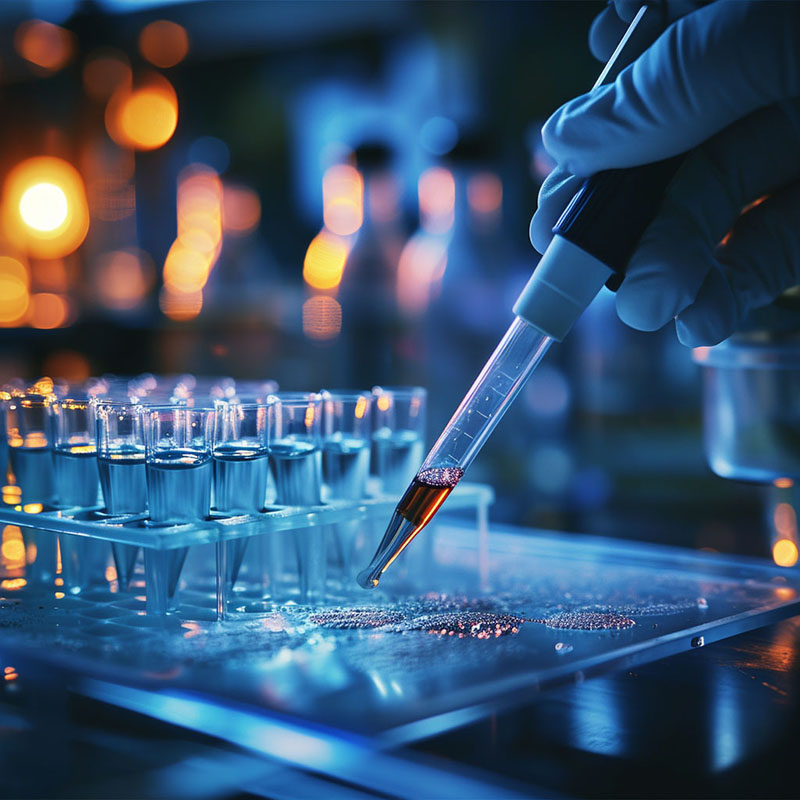
Assay development refers to the process of creating and optimizing analytical tests and procedures used to measure and quantify biological substances in science and healthcare.
- Involves research to identify target analytes like biomarkers, proteins, or drug molecules and interactions to be measured
- Requires designing reproducible assays using techniques like high-throughput screening, mass spectrometry, next-gen sequencing, immunoassays
- Optimization through evaluating precision, accuracy, sensitivity parameters against benchmarks
- Adhering to regulatory and compliance standards related to the testing methodology validation
- Analyzing feasibility, costs, time requirements, and other goals
- Results in validated quantification tests catered to specific scientific or diagnostic objectives
Assay development creates customized analytical tests and procedures to extract actionable quantitative information for advancing research and clinical programs.
On February 16, 2004, Teranode unveiled VLX Design Suite, design tools for laboratory and in-silico research that helps scientists better manage the complexity found in today's scientific environment. The product suite includes three products: VLX Research Designer for designing laboratory processes, VLX Biological Modeler for modeling and simulating biological systems and the VLX Workgroup Server which provides secure, multi-user server functionality. The products are being piloted in major pharmaceuticals such as Pfizer, and in research and academic organizations including the Fred Hutchinson Cancer Research Center and the University of Washington.
"Teranode's VLX Design Suite provides a consistent yet flexible method for design that continually optimizes research and communicates results upon which the discovery process depends," said Derek Walker, Information Technology Project Manager, Fred Hutchinson Cancer Research Center.
"In many ways, the state of life science research parallels the past 25 years of evolution in microprocessor, automotive and airplane design where performance gains were incremental until the advent of robust design methodologies, simulation and modeling techniques," said Chris Shipley, executive producer, DEMO Conferences. "With its VLX Design Suite, Teranode Corporation is at the forefront of applying the principles of design to the process of life science experimentation, providing the first industrial- strength and scientifically-focused family of research design tools."
Teranode's VLX Design Suite accelerates experiment design, simplifies communication and optimizes decision making in laboratory and in-silico research environments. The suite is composed of three products:
- VLX Research Designer, which allows laboratory scientists to visually design, annotate, document, and share information about laboratory process through clear, visual models.
- VLX Biological Modeler, which facilitates collaboration among cross disciplinary teams for modeling biological systems, design optimal experiments, and analyze large and diverse data sets.
- VLX Workgroup Server, which delivers secure, multi-user server functionality to VLX Research Designer and VLX Biological Modeler products.
VLX Design Suite products utilize Teranode's powerful Visual Language of Experimentation (VLX) as a foundation. VLX is a precise, yet flexible and extensible graphical language. The VLX Design Suite allows biologists to represent, annotate, archive, and share information about experiment plans and outcomes as well as biological systems in a manner that is natural for both experimentalists and computational biologists.
VLX Design Suite products are appropriate for biotech and pharmaceutical organizations, research institutions, contract research organizations (CROs), in the academic environment and for individual scientists. The products run standalone or across groups and readily integrate with existing systems in the research environments. Working examples and modeling services are available in a broad set of application areas including: Array Experiments, High Throughput Screening, Assay Development, Chemistry, Clinical Management, Research Management, Pathway Modeling, Pharmacokinetics and Pharmacodynamics, Cellular Diffusion and Transport, Cellular Electrophysiology and Nuclear Medicine.
Teranode delivers design tools that unify the planning, execution and analysis of physical and in-silico processes.